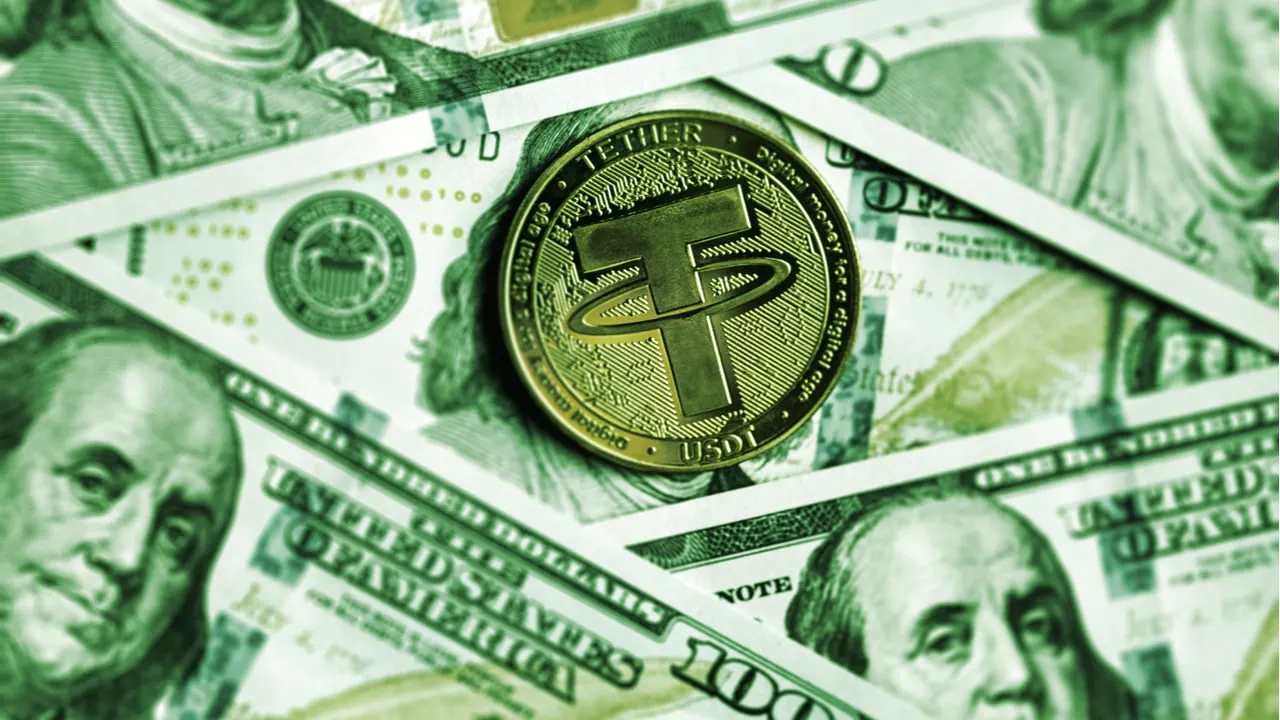During a recent Twitter Spaces event discussing stablecoins and the recent crypto volatility, Tether CTO Paolo Ardoino said that the stablecoin provider had cut the amount of commercial paper backing its stablecoin by half. Ardoino is also the CTO of crypto exchange Bitfinex.
"In the last six months, [Tether has] reduced 50% the size of the commercial papers (sic). Everything that was reduced from the commercial paper was rolled into U.S. Treasuries," he said. "In the next few weeks, we will have the new attestation that will show that these commercial papers are being further reduced."
Commercial paper is a type of security issued by large corporations to pay for short-term debt obligations like inventory or payroll.
The Spaces event included other members of the crypto industry including Samson Mow of Jan3 and Adam Back of Blockstream, among others. Michael Soetaert, a U.S. Senate candidate representing Kansas, was also present.
Tether (USDT) is the industry's largest stablecoin by market capitalization and is reportedly backed by a variety of financial assets.
USDT's backing has included cryptocurrencies, loans, corporate bonds, precious metals, cash, and cash equivalents, according to Tether's transparency report.

Tether's latest formal attestation indicates that cash, cash equivalents, short-term deposits, and commercial paper make up 83.74% of all the Tether circulating on the market.
Of that figure, nearly 37% is made up of commercial paper and certificates of deposit. Treasury bills make up roughly 52%. The 37% figure is from December so, in light of Ardoino's comments about a 50% reduction over six months, it's unclear if Tether's commercial paper holdings are now around 18.5% or some other amount.
Tether is famously opaque about its operations, and has repeatedly refused to subject itself to a public audit by a major accounting firm.
Tether did not immediately reply to a request for comment as to why the stablecoin's backing has changed, or what percentage of the company's current reserves consist of commercial paper.
Stablecoins should 'be held to same standards': Ardoino
Beyond outlining how the stablecoin's backing had changed, Ardoino also highlighted how the ecosystem should move forward amid the recent collapse of Terra's UST stablecoin.
"In my opinion, what we would like to see is clear guidance on the type of disclosures that we need to have," he said. "Everyone points at us and says 'OK guys, you have to give everything to the public.' Fine, that is a fair request from the community. At the same time, that would need to be true for everyone. Everyone needs to be held to the same standards."
Ardoino went on to say that Tether is no longer "the only big stablecoin" on the market, hinting at the swift growth of its nearest competing stablecoin in Circle's USDC.
Both USDC and USDT stand in stark contrast to decentralized and algorithmic stablecoins, which back their stablecoins either fully by other cryptocurrencies or via self-executing smart contracts.
MakerDAO's DAI is an example of an overcollateralized algorithmic stablecoin, whereas Terra's UST is an example of an algorithmic stablecoin without any backing other than several lines of code.
UST has, however, collapsed this past week, hitting a low of $0.15. Tether also lost its peg, dropping as low as $0.95; it has since recovered though and is trading at $0.99.

